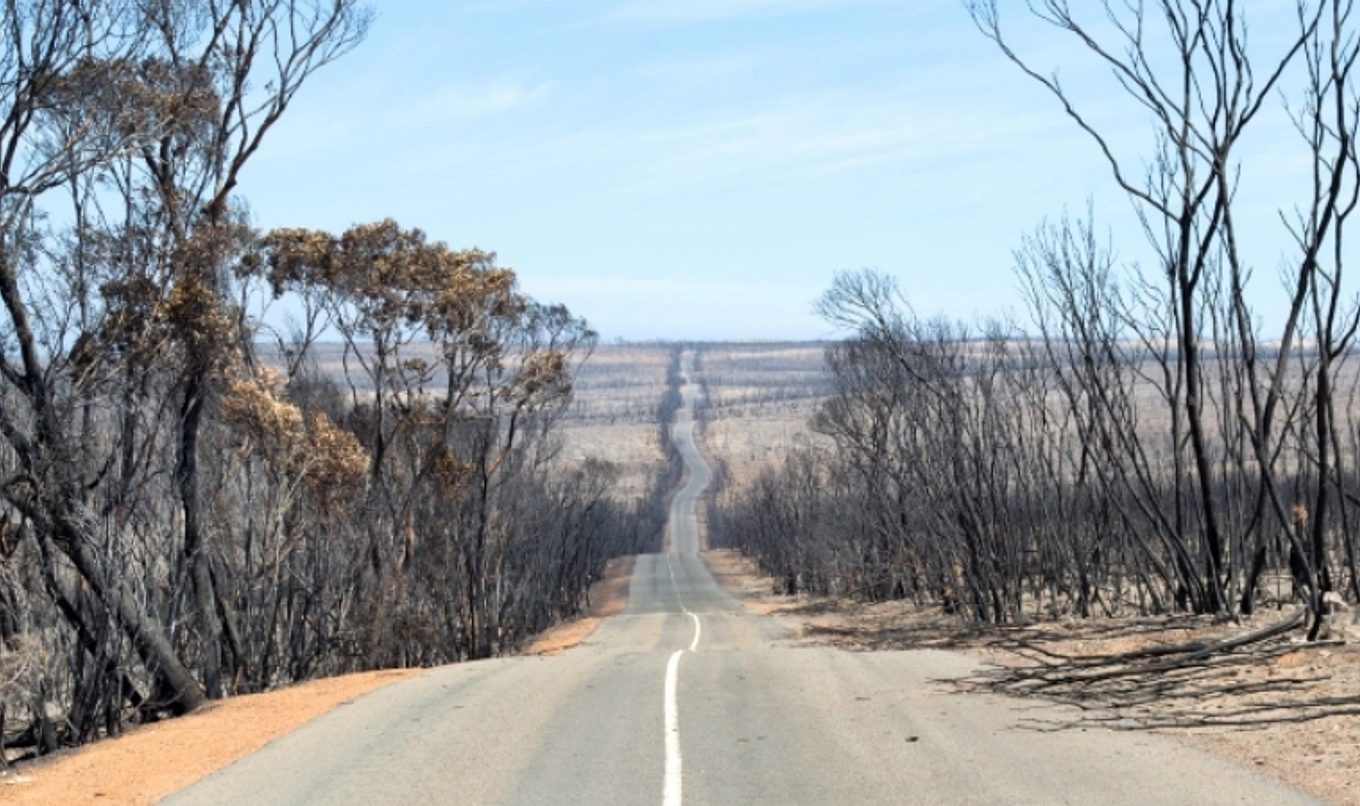South Australia’s bushfire wildlife recovery effort underway
The Wildlife Recovery Fund, Wildlife and Habitat Recovery Taskforce and food drops are the first of many recovery actions underway to support South Australian wildlife affected by the bushfires.

Department for Environment and Water (DEW) Conservation and Wildlife Director, Lisien Loan, said the exact number of native animals impacted by bushfires, particularly on Kangaroo Island and Cudlee Creek in the Adelaide Hills, is difficult to quantify and yet to be confirmed through modelling estimates and on-ground surveys.
“The bushfires have rampaged through 210,000 hectares of land on Kangaroos Island as well as 23,000 hectares of land in the Adelaide Hills,” Ms Loan said.
“There is no doubt that large numbers of koalas, particularly on Kangaroo Island, have been affected, as well as kangaroos and other native species, including some that are threatened and endangered.
“Tree dwelling animals like possums and koalas, as well as hollow nesting birds and small, terrestrial, slow moving animals such as bandicoots and echidnas have been killed in the fires and are now being impacted by loss of habitat.”
DEW is reviewing wildlife and habitat impacts with the assistance of conservation, rescue and volunteer groups and is establishing teams to prioritise and determine wildlife recovery actions.
Ms Loan said what we do know now is that although many koalas died in the Cudlee Creek fire, overall the koala population in the Adelaide Mount Lofty Ranges remains secure as areas with high densities of koalas were not burnt.
“The extent of Kangaroo Island bushfire damage to sites, assets and wildlife is yet to be assessed. This will be carried out as soon as sites are safe to access,” Ms Loan added.
“We have concerns about the many special and threatened wildlife species on the island such as the glossy-black cockatoo, Kangaroo Island dunnart, as well as the pygmy possum, swamp rat, green carpenter bee and the assassin spider.
“We believe that a significant portion of koalas on Kangaroo Island have perished.
“There is a potential decline in Kangaroo Island koala population of up to 85 per cent - before the bushfires there was around 50,000 koalas on the island.
“As the entire Kangaroo Island koala population grew from 18 individuals introduced in the 1920s, we are confident that the population can recover from these devastating events.
“Some koalas have already been rescued from the island to establish a disease-free population at Cleland Wildlife Park. This will save them from starvation as well as establish a chlamydia-free insurance population.
“There is also a potential significant decline in Kangaroo Island dunnart population, with over 90 per cent of their habitat burnt, only a couple have been spotted recently.
“Seventy-five per cent of South Australia's 370 endangered glossy black-cockatoos lived in the area burnt by the Kangaroo Island bushfires. Two landholders have reported sightings of glossy black-cockatoos in some small she-oak patches on the island.
“Our priority now is to determine the impact on native animals and vegetation, and park infrastructure and to develop a comprehensive recovery plan.
“This includes installing cameras in unburnt areas of Kangaroo Island to monitor and see what has survived.
“Once that is determined, we can consider options for how to protect the survivors by building shelters, installing artificial nesting boxes to support bird breeding and installing fencing to assist with predator control.
“Breeding programs may be further investigated for critical species, however breeding in captivity can be difficult for some species.
“The fire recovery works, in particular on Kangaroo Island, will require a concerted effort for many months, and years, and it will take some time to fully understand the impact on native vegetation and native animals, including those that are vulnerable and endangered.”
If you come across injured wildlife on Kangaroo Island contact Kangaroo Island Wildlife Network on 0477 334 898. To help wildlife after a bushfire you can:
- Leave shallow bowls of water out for animals and birds. Add a few sticks or stones on one side to allow smaller animals to escape if they fall in.
- Look after any remaining native vegetation and remove any feral animals and weeds from the landscape to help re-establish the native habitat.
The Wildlife Recovery Fund was launched earlier this month to raise funds to re-establish habitat for wildlife in the state’s bushfire-ravaged areas. To donate to the fund visit the Nature Foundation SA website.
To volunteer your time to support the recovery of South Australia’s wildlife visit Conservation Volunteers Australia or volunteer with your local Friends of Parks group.

